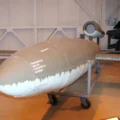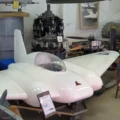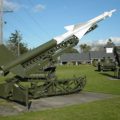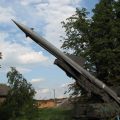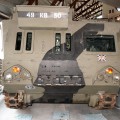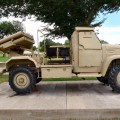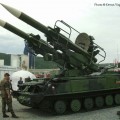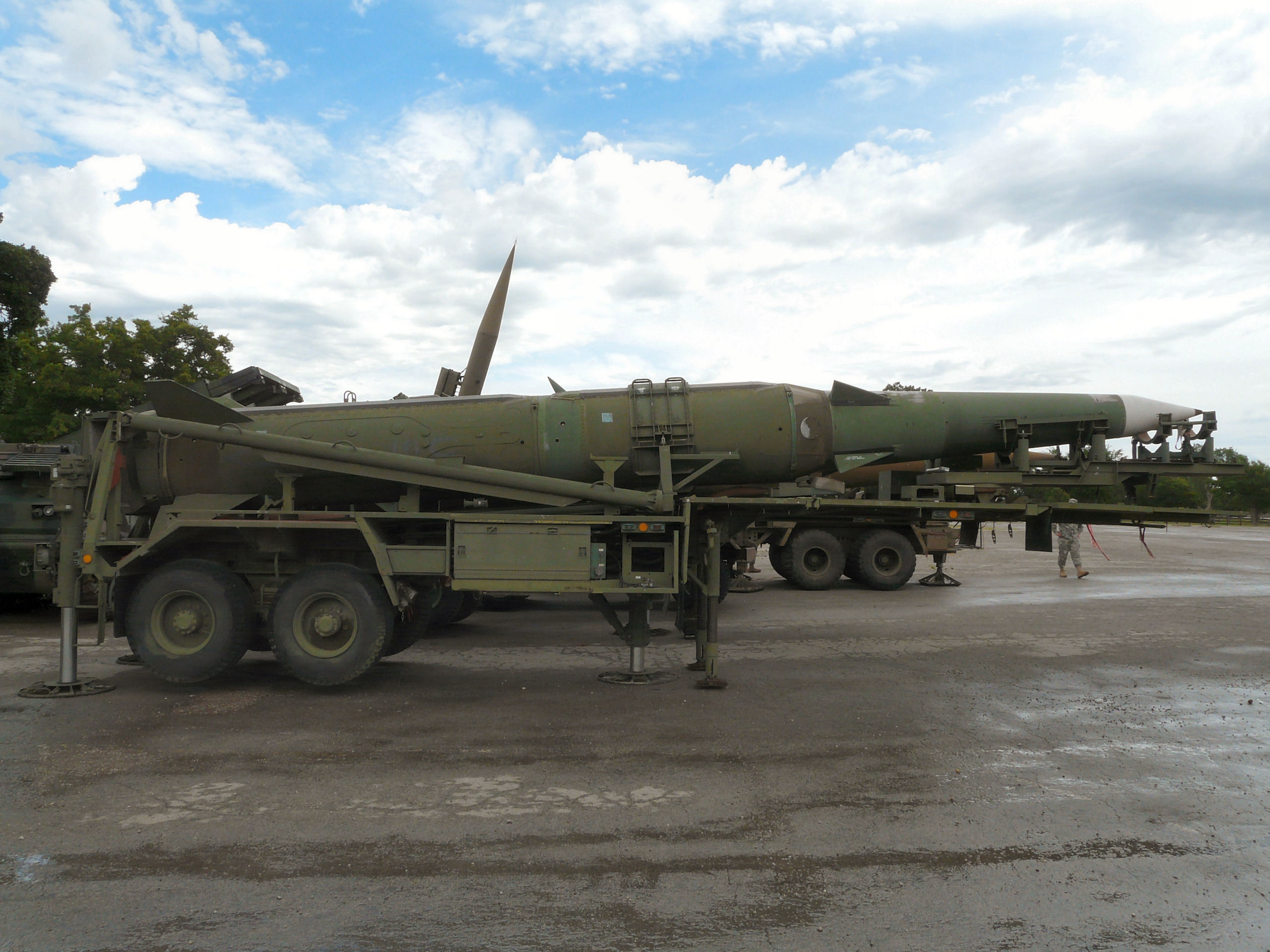
Pershing II |
|
|---|---|
| Ország | Usa |
| Szerepet | Közepes hatótávolságú ballisztikus rakéta |
| Szolgálatban | 1983–1991 |
| Beépített | 276 |
A Pershing II fegyverrendszer was a solid-fueled two-stage ballistic missile designed and built by Martin Marietta to replace the Pershing 1a Field Artillery Missile System as the United States Army’s primary nuclear-capable theater-level weapon. The U.S. Army replaced the Pershing 1a with the Pershing II Weapon System in 1983 while the German Air Force retained Pershing 1a until all Pershings were eliminated in 1991. The U.S. Army Missile Command (MICOM) managed the development and improvements while the Field Artillery Branch deployed the systems and developed tactical doctrine.
Forrás: Pershing II a Wikipédián
| Pershing II Erector Launcher Walk Around | |
|---|---|
| Fotós | David Lueck |
| Lokalizáció | Ismeretlen |
| Fénykép | 102 |
Lásd még:
A Pershing II was a medium-range ballistic missile developed by Martin Marietta to replace the Pershing I as the primary nuclear-capable weapon of the United States Army in Europe. It had a range of 1,100 miles and a variable-yield W85 warhead that could be set from 5 to 80 kilotons. The Pershing II was designed to be more accurate and survivable than its predecessor, using a maneuverable reentry vehicle with active radar guidance and a two-stage solid propellant rocket engine. The Pershing II was deployed in 1983 in response to the Soviet Union’s deployment of the SS-20 Saber missile, which had a longer range and two warheads. The Pershing II and the SS-20 were both eliminated under the Intermediate-Range Nuclear Forces Treaty signed in 1987 by Ronald Reagan and Mikhail Gorbachev.
Megtekintették : 3852


